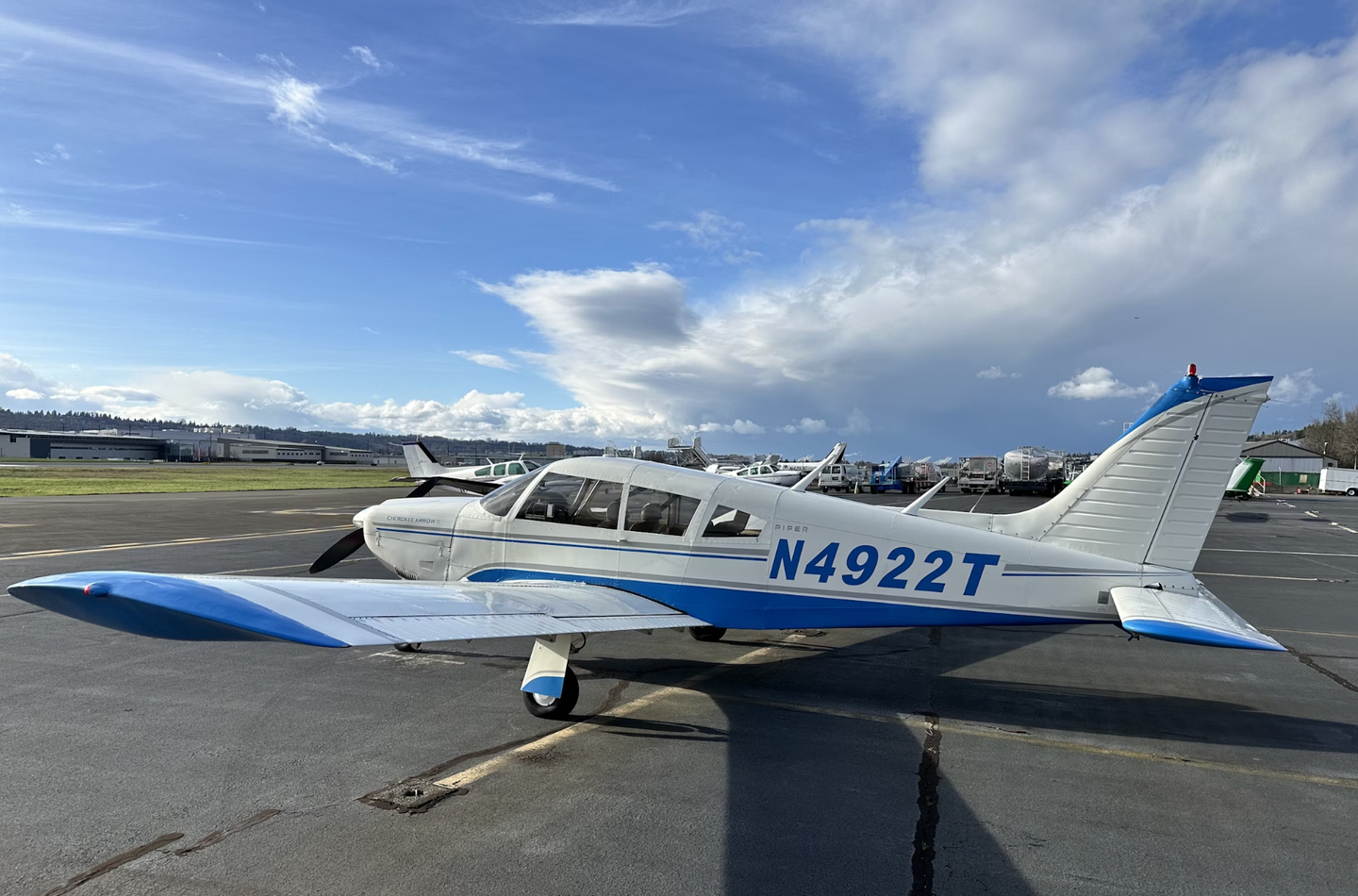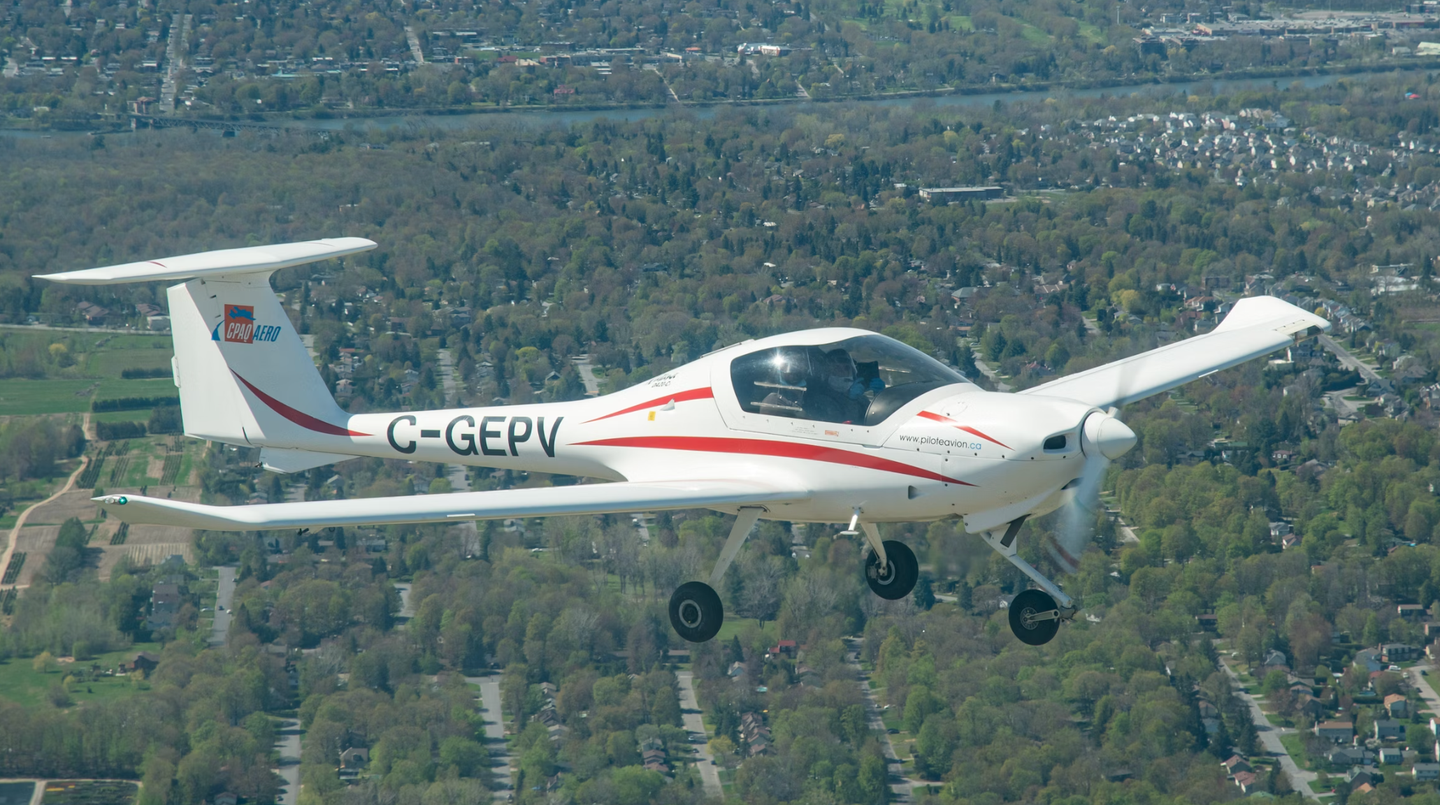PIPER COMANCHE
In general, it takes competitors in aviation around 10 years to catch up with a truly revolutionary design, and in the case of the Beechcraft Bonanza, that 10-year mark was…

The Piper Comanche was the first in the next wave of high-performance four- to six-seat singles. The plane was produced through 1972, when a hurricane destroyed the tooling for the model and Piper decided to discontinue it.
In general, it takes competitors in aviation around 10 years to catch up with a truly revolutionary design, and in the case of the Beechcraft Bonanza, that 10-year mark was the magic number, indeed, as by 1957, both Cessna and Piper had come out with nominally competing designs. With its original 180 hp engine, the Piper PA-24 Comanche was an impressive counter to the Bonanza. The all-metal, efficient and modern PA-24 wasn't very fast, though, so Piper soon upgraded the Comanche to a bigger engine. The 250 hp version boasted 160- knot cruise speeds and an economy range of up to 700 nautical miles.
In terms of aesthetics, the Comanche is a tough case. On the one hand, its all-metal, laminar- flow wing design with swept tail and sleek glass---a one-piece front windscreen is a popular mod that even improves on that---make it a slick enough-looking plane, but its squared-off lines and low-slung appearance seem to many pilots to work against its overall appearance.
The plane was a player, to be sure, but it sold in lesser numbers than its competitors, and the lack of any standout feature made it a second-tier player in what was a hot market in the 1960s and '70s. With that being the case, it wasn't a hard call for Piper to cancel the model when, in 1972, Hurricane Agnes destroyed much of the tooling for the model at its home in Pennsylvania, and Piper chose instead to focus on other models, namely the PA-28R Arrow and, later, the PA-46 Malibu, which would emerge as a force by the end of the decade.

Subscribe to Our Newsletter
Get the latest Plane & Pilot Magazine stories delivered directly to your inbox






